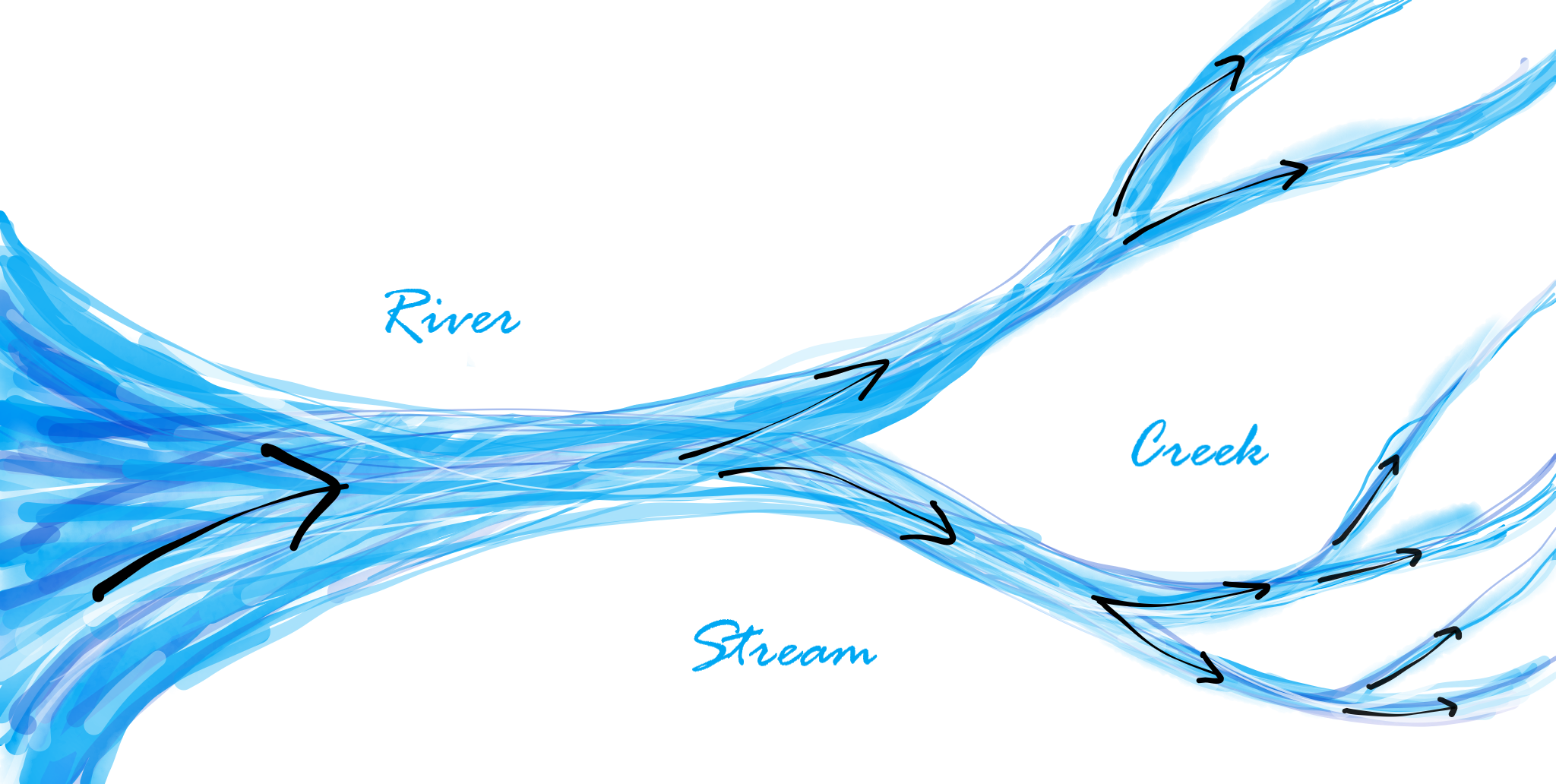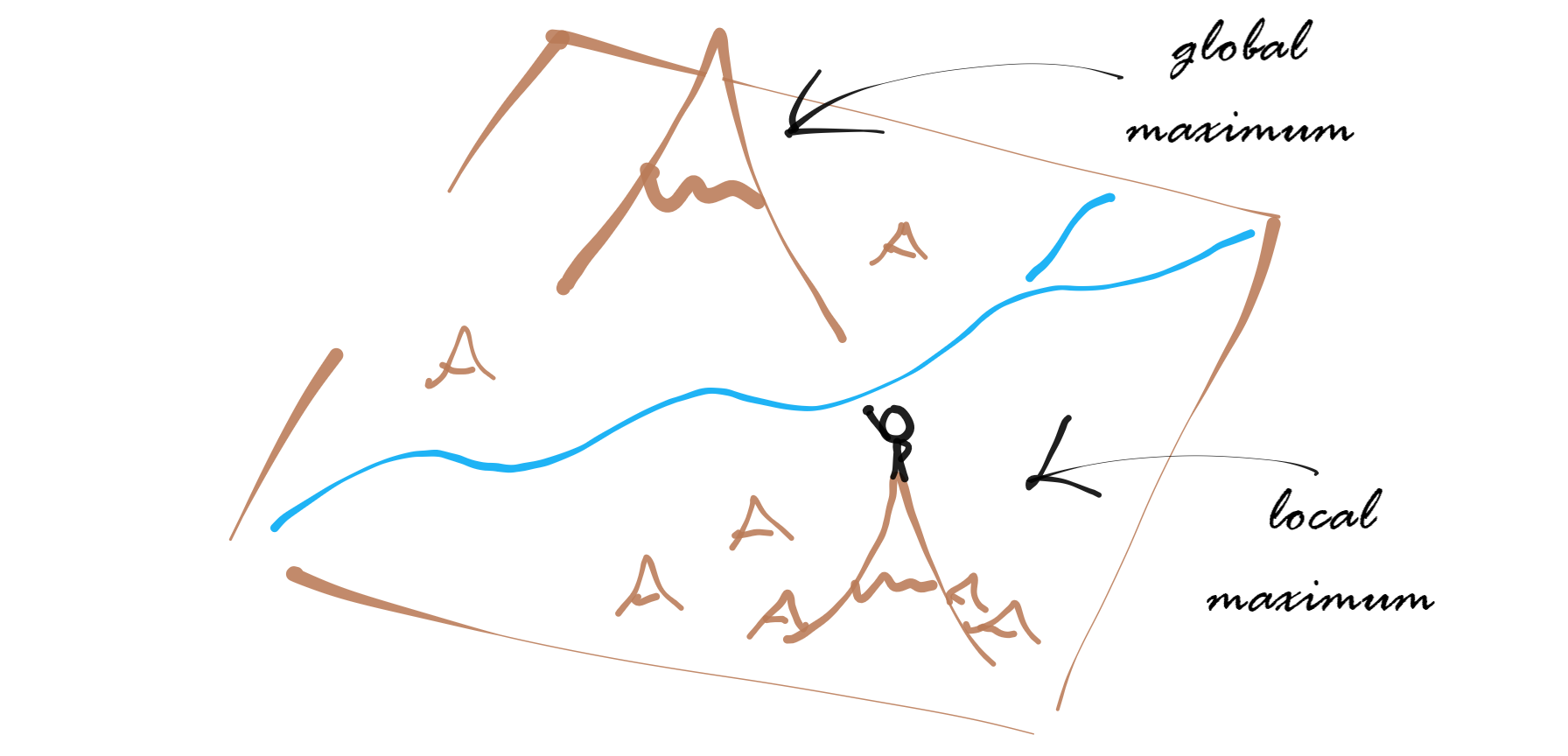This content has been archived. It may no longer be relevant
One of the tech industry’s dirtiest secrets is that no one, and I mean no one actually agrees on what “strategy” is. As an employee in the tech sphere, you’ll hear managers tell you to work on more “strategic” projects. You may even get invited to a meeting to discuss the team “strategy” for the next half. You might hear arguments about whether the product strategy is working – that is, if the product even has one. But if you stop for just a minute to ask – what do we mean by strategy? – in all likelihood, you’ll get six different answers. That is, if you even get one at all.
So what is strategy and why is it so hard to pin down?
The simplest answer is that a strategy describes overall how you are going to achieve your goals, without prescribing exact next steps. That sounds straight forward enough. So why is it such a struggle for companies to grasp what a strategy is?
Because a strategy doesn’t mean much without two additional critical elements.
- An objective – what you are trying to achieve
- Tactics – the actual next steps you will take to achieve this
I frequently hear people use the word strategy to describe all three of these concepts interchangeably. But the truth is, a strategy can’t tell you where you are trying to go. Nor does it provide marching orders for the troops. A strategy describes the set of possible solutions you can employ to achieve your objective.
I find the easiest way to introduce the concept of strategy is to look to one of the most prominent use-cases. The military.
A strategy describes the set of possible solutions you can employ to achieve your objective.
Military Strategy
In the military, each of the three components (objective, strategy, tactic) have a fairly rigid and well-defined purpose.
- The objective – what the engagement is meant to achieve (e.g. take a resource, defend a resource, win the war, etc.)
- The strategy – the overall plan to achieve the objective
- The tactics – the specific actions undertaken by an individual unit
But it’s easiest to understand each of these components in context. Let’s take a look at a historical example – Sherman’s March to the Sea from the American Civil War.
- The objective: Force the Confederacy to surrender
- The strategy: Scorched-earth policy – destroy Confederate resources and infrastructure
- A tactic: Sabotage rail ways to prevent critical cargo from being transported to the South
The Scorched Earth Policy describes broadly how Union troops were going to achieve their objective but does not describe the specific actions they will take. A variety of tactics were used to achieve this strategy.
Why is this important?
Because having all three components ensures that everyone is working in the same direction, while still preserving the autonomy for ground-level decision-making.
An objective without a strategy leads to a disorganized mass of teams each working in a different direction. While it’s not impossible to achieve an objective this way, it’s certainly not efficient.
Prescribing a bunch of tactics without strategy will suffocate team creativity. It’s essentially micro-management. This can work if you have a workstream where every step is known from the get-go and your workforce operates best when given direct orders, but that’s typically not the case in tech.
Together, an objective, a strategy, and tactics increase the likelihood for success, while still providing ample room for creativity and entrepreneurship for the people who will actually build the product.



One Comment